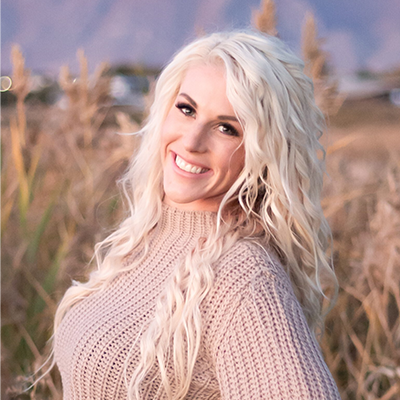In recent years, sustainability has become a major focal point for most industries and operating your ranch in a manner that practices it, in principle, will help ensure our natural resources remain available for generations to come. At Redd Summit Advisors, we understand the positive relationship between responsible ranching and good range management, so we’d like to share a few thoughts about how they work together.
Aspects of a Sustainable Ranch Operation
The Global Roundtable for Sustainable Beef (GRSB) defines sustainable beef as “a socially responsible, environmentally sound and economically viable product that prioritizes planet, people, animals, and progress.” This definition can also apply to any type of sustainable ranch operation, and here are some important aspects:
Social Responsibility. This includes humane animal handling practices and providing employees fair wages and good benefits to enhance their quality of life.
Environmental Soundness. Conservative grazing practices provide the opportunity for landscapes to renew and improve. Additionally, considering wildlife, ecology, and natural habitats in range management decisions helps ensure continued availability of resources.
Economic Viability. A profitable ranch operation involves making sound financial decisions and using risk management tools such as Pasture, Rangeland, and Forage (PRF) insurance and Livestock Risk Protection (LRP) insurance to mitigate potential losses.
How a Sustainable Ranch Operation Promotes Good Range Management
When a ranch operator makes proper management decisions, natural grasses will flourish, and the value of the landscape will increase for future livestock and other wildlife that need rangeland to survive. A sustainable ranch operation can balance its livestock’s nutritional requirements with what’s naturally available and supplement with other feed sources as needed.
What’s also important to think about with ranching is that when cattle and sheep graze on landscapes unsuitable for any sort of farming practice, they make use of land that would otherwise be useless for human food production. Ruminant animals can take grasses unusable for human consumption and convert them into highly nutritious protein. In turn, this red meat protein is some of the most nutrient-dense food that humans can consume when looking at the amino acid profiles, vitamins, and minerals present. Retrospectively, a sustainable ranch operation uses natural resources responsibly to provide a quality end product.
The Often Overlooked Benefits of Sheep Wool
A ranch operation that raises sheep brings more to the sustainability table than many people realize. Sheep produce both food and fiber, so an operation that raises them can play a big role in managing native ranges and forests in a way that promotes healthy and improved habitats for plants and wildlife.
Besides producing a valuable meat product, sheep provide wool, which is a biodegradable and renewable fiber that fully decomposes in a relatively short time compared to synthetic, man-made fibers. Wool is also approximately 50% carbon by weight, so it’s a valuable carbon store and uses a fraction of the energy to produce compared to alternative fibers. American wool is sourced from all 50 US states, and compared to many imported, synthetic fibers, it requires less fuel consumption and makes a smaller carbon footprint.
Altogether, raising sheep reduces waste and promotes good range management. You can consider it a beneficial addition to any sustainable ranch operation.
Conclusion
Increasing the sustainability of a ranch operation is an important goal for anyone who works with range resources, and Redd Summit Advisors provides PRF insurance and LRP insurance to help mitigate the inherent risks involved. To learn more about our products, please fill out our contact form or contact us at 1-800-825-2355.





.webp)




